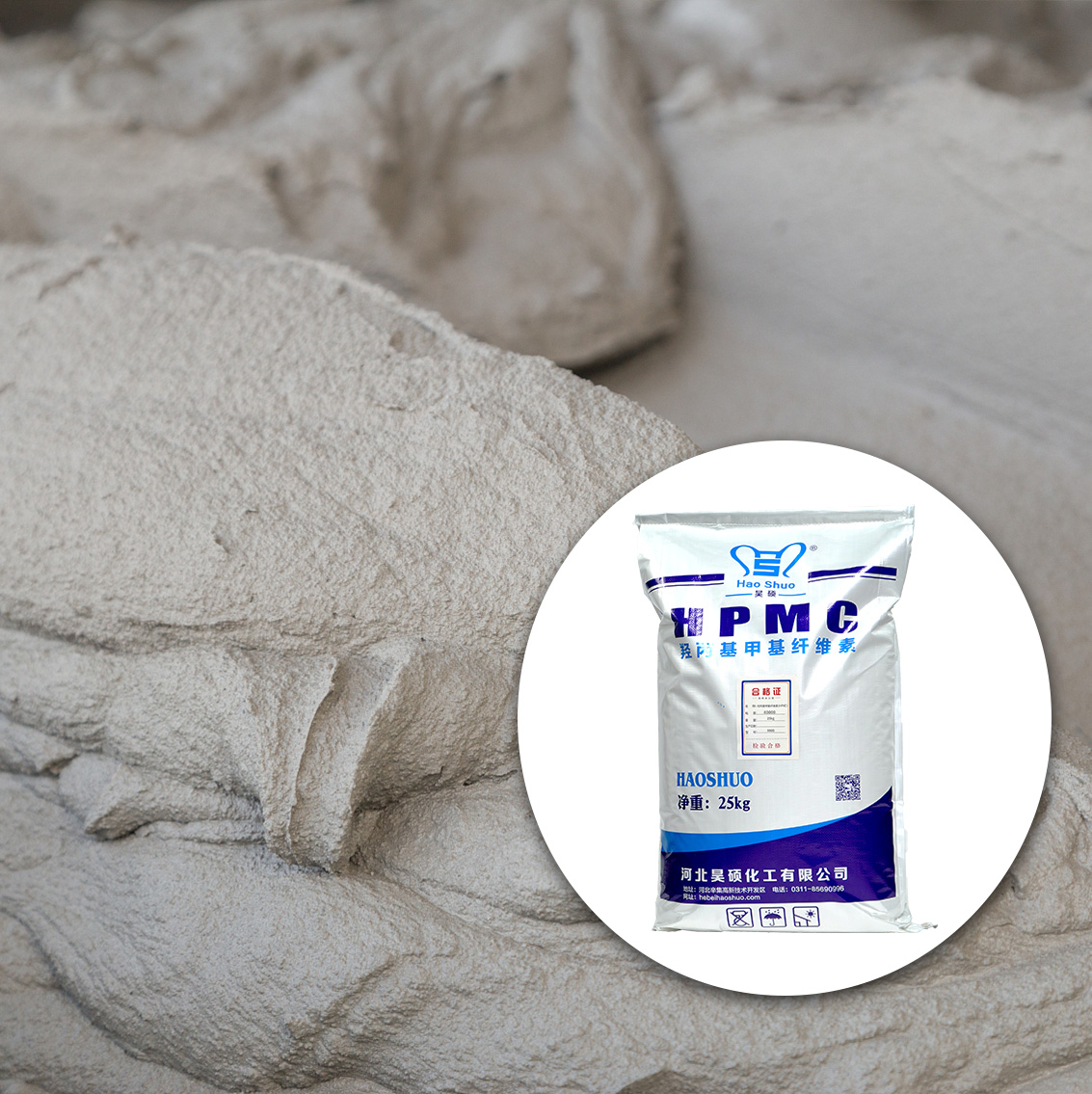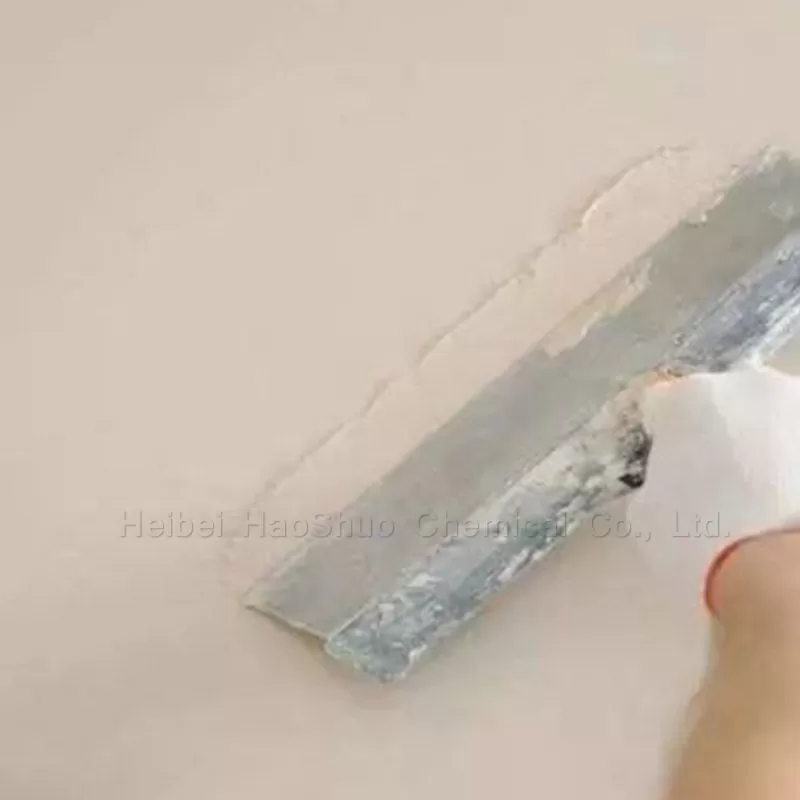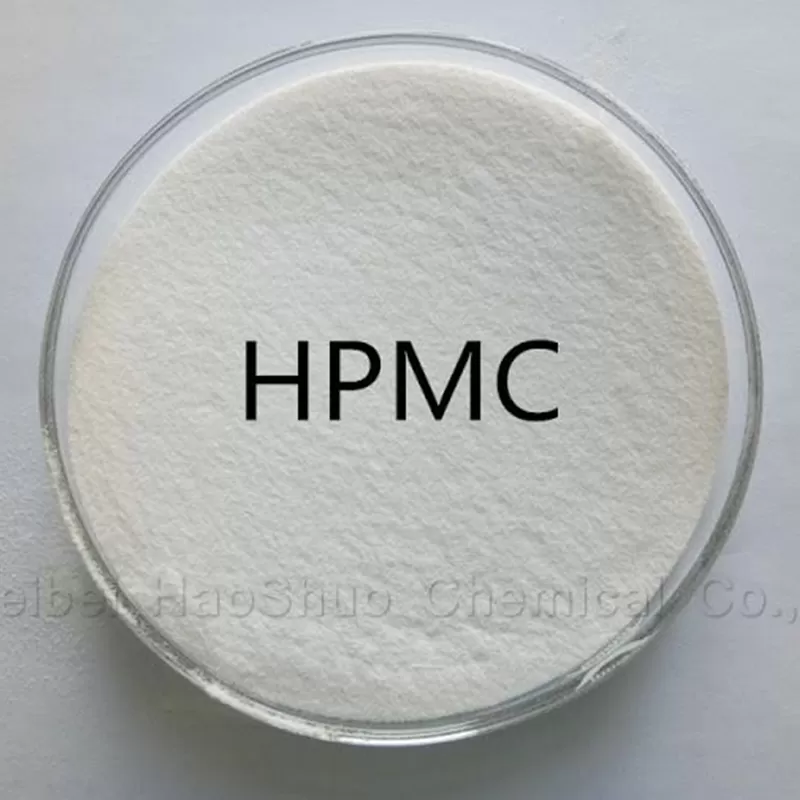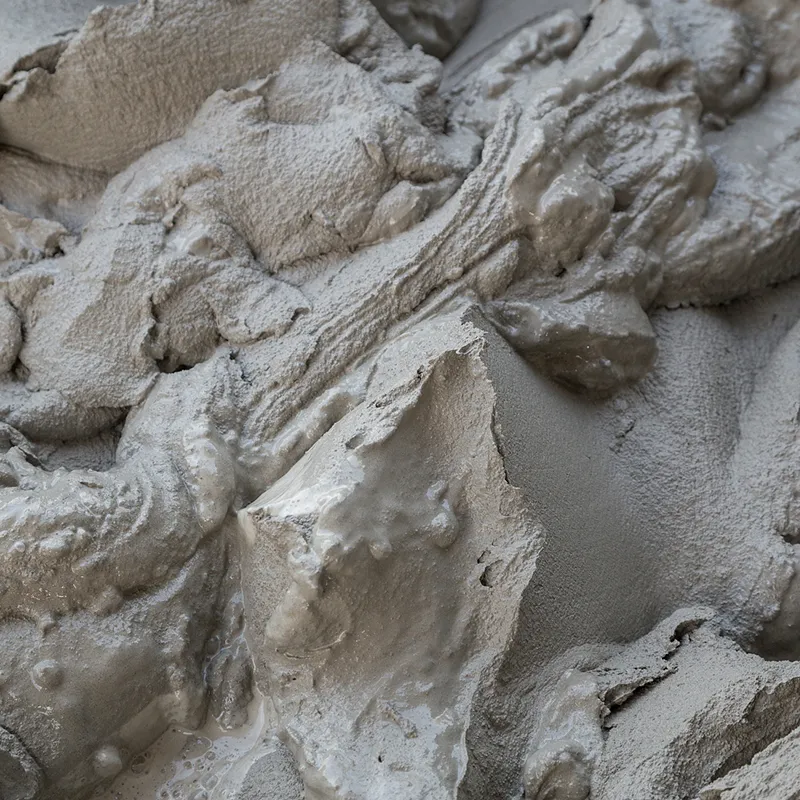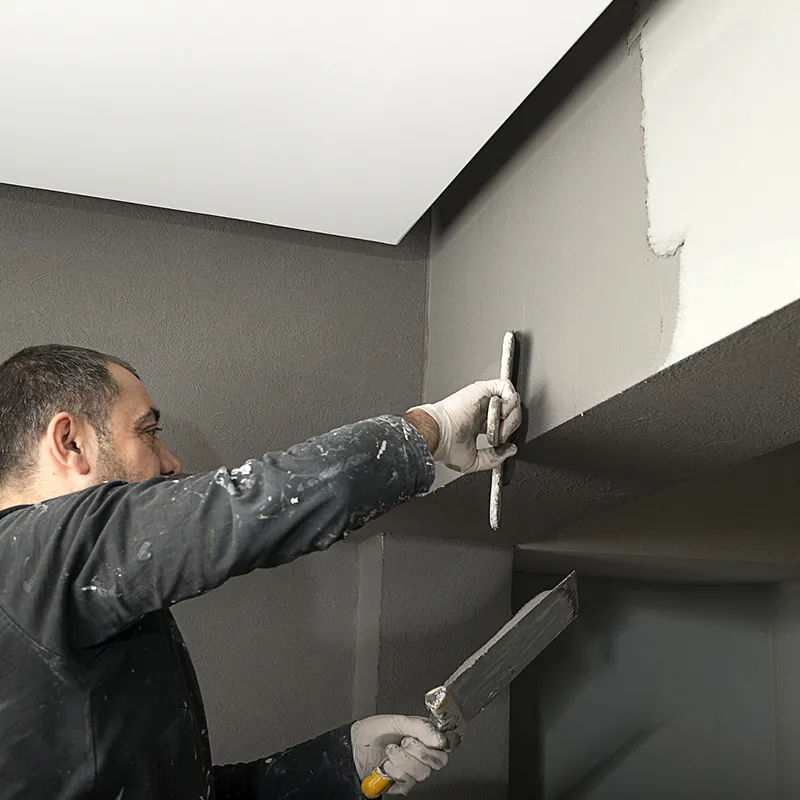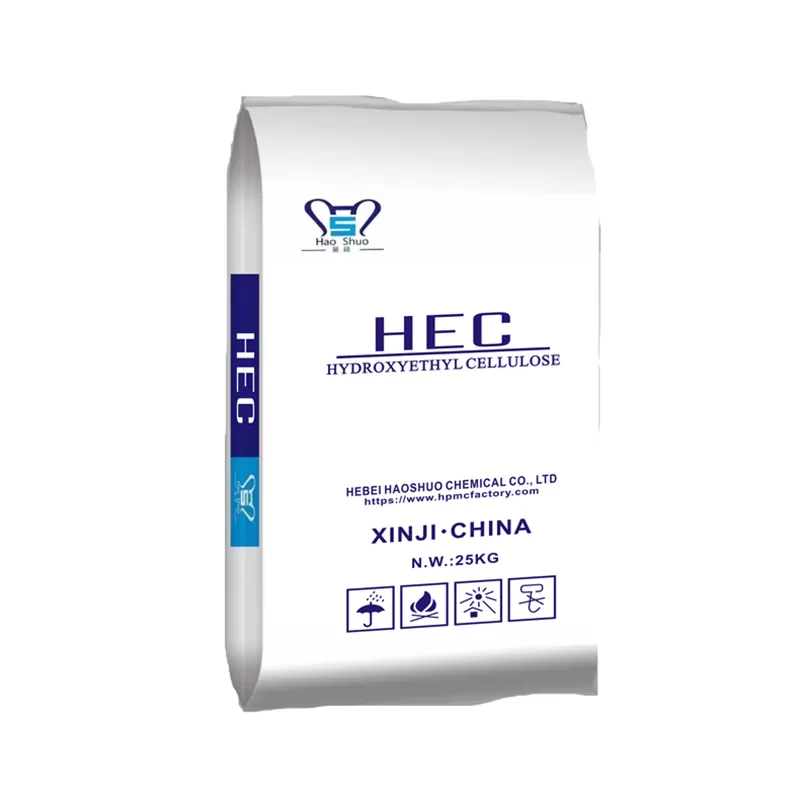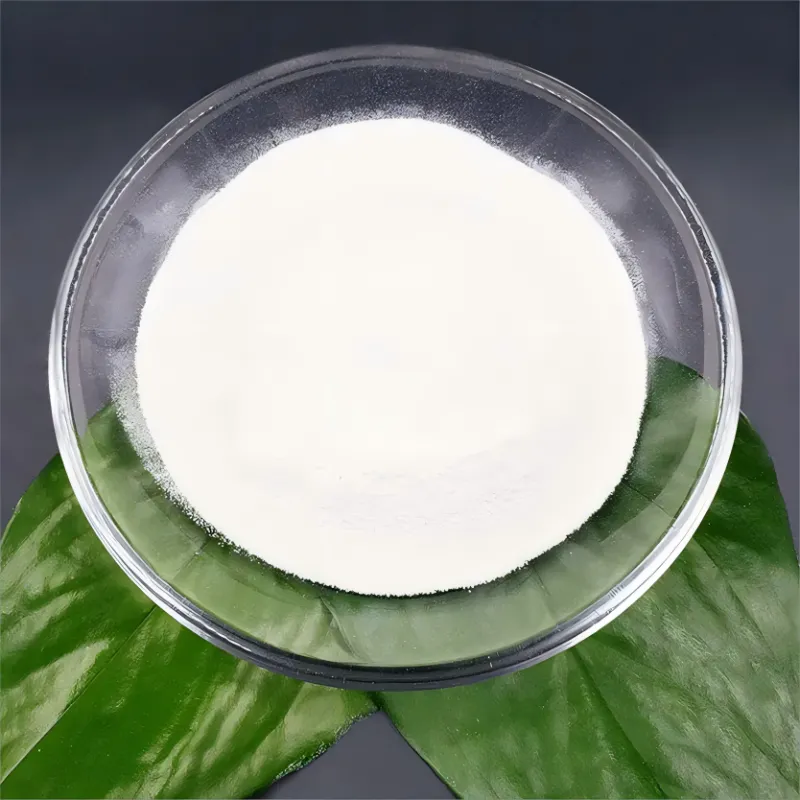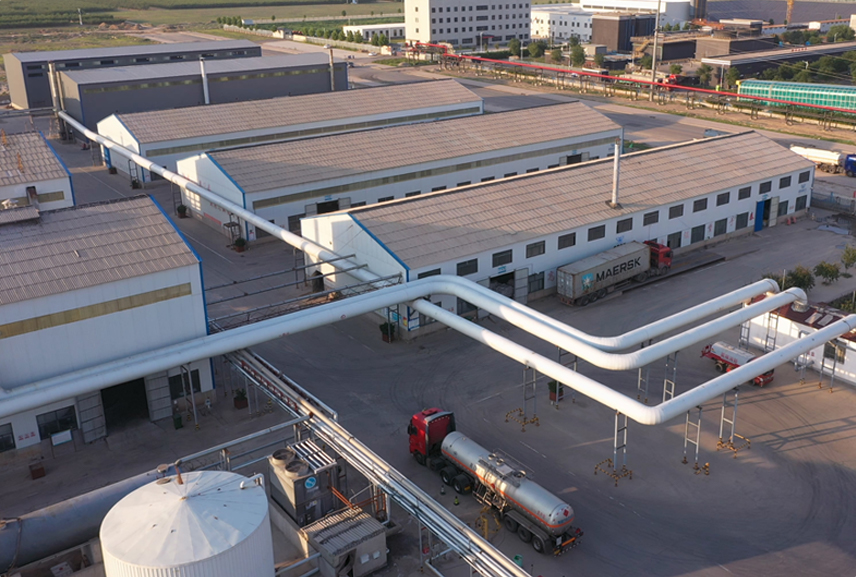HPMC for construction is a non-ionic cellulose ether obtained by cellulose alkalization, etherification, neutralization and washing. HPMC powder has good thickening, dispersing, emulsifying, film-forming properties, etc. It is the first choice for production of high quality building materials additives.
Hydroxypropyl methylcellulose uses in construction
In construction projects, the amount of putty powder is very large. About 90% of the construction HPMC is used as putty powder additive, and the rest is cement mortar and glue, as thickener and water-retaining agent.
In building materials, the addition amount of HPMC chemical CAS9004-65-3 is very low, only 0.1%-1%, but it plays an irreplaceable role and can significantly improve the water retention, fluidity and lubricity of building materials. Building materials added with HPMC cellulose are easier to mix and use, improve the work efficiency of construction workers, extend the open time, improve the bonding strength, and form a smooth and delicate surface coating.
• Construction HPMC powder is used in cement-based mortar and plaster to improve workability, adhesion, and water retention.
• Hydroxypropyl methyl cellulose is also used in self-leveling compounds, tile adhesives, and grouts to improve flow and workability.
• HPMC for construction is commonly used as a binder and thickener in coatings and paints.
• HPMC binder can also be used in gypsum-based materials, such as wallboard and ceiling tiles, to improve workability and reduce water absorption.
Construction HPMC properties
1. Thickening: HPMC thickener can thicken to suspend, keep the solution uniform and consistent, and resist sagging.
2. Water retention: Make the putty powder dry slowly, and assist the reaction of lime calcium under the action of water.
3. Easy Construction: Hydroxy propyl methyl cellulose has a lubricating effect, which can make the putty powder have good workability.
4. Resistant to hydrolysis and UV light: Construction HPMC powder is suitable for use in high humidity and damp environments, which can also improve the durability of construction materials.
5. Non-ionic polymer: Hydroxypropyl methyl cellulose does not react with other materials and can be used with a variety of additives.
Note: HPMC does not participate in any chemical reaction and only plays an auxiliary role.
As a professional construction HPMC powder manufacturer, HaoShuo also provides high performance Daily Chemical Grade HPMC and Gypsum Special Grade HPMC for sale. With 100% product quality rate and daily output up to 200 tons, our products has gained high reputation from customers all over the world like South Korea, India, Pakistan, Bangladesh etc.
How to judge the quality of HPMC for construction?
1. Whiteness: Although whiteness does not determine whether HPMC is easy to use, and if a whitening agent is added in the production process, it will affect its quality. However, most of the good products have good whiteness.
2. Fineness: The fineness of HPMC powder is generally 80 mesh and 100 mesh, and 120 mesh is less. The finer the fineness, the better.
3. Transmittance: Put hydroxypropyl methyl cellulose (HPMC) powder in water to form a transparent colloid, and look at its transmittance.
4. The larger the proportion, the heavier the better. The specific gravity is large, generally because the hydroxypropyl content in it is high, so the water retention is better.
| Item | Unit | Standard Specifications |
| Appearance | / | White powder,free flowing |
| Loss on drying | % | 4-6 |
| Residue | % | 3.5 |
| Methyl | % | 49-26 |
| Hydroxypropyl | % | 7-14 |
| Ph value(25C) | / | 6-8.5(neutral) |
| Gel temperature | ℃ | 60 degree/75 degree |
| degree of fineness | mesh | 100 mesh,>96%80 mesh,>100% |
| Apparent density | g/m3 | 0.4-0.6 |
| proportion | g/L | 420-520 |
| Surface Tension(2%solution) | dyn/cm | 42-56 |
| Water retention | % | ≥92 |
| Light Transmittance | % | 65-90 |
| Carbonization temperature | ℃ | 280-300 |
| Discoloration temperature | ℃ | 190-200 |
| COMMON NAME | HYDROXYPROPYL METHYL CELLULOSE |
| ABBREVIATION | HPMC |
| CAS NO. | 9004-65-3 |
| STANDARDS COMPLIANT | ENTERPRISE STANDARD |
| CHEMICAL FORMULA | R=CH2CH(CH3)OH |
| Particle size | 98.5% passes through 100 mesh; 100% passes through 80 mesh. |
| Charring temperature | 280-300℃. |
| Bulk density | 0.25-0.70 g/cm3 (Usually around 0.5 g/cm3 ) |
| Real specific gravity | 1.26-1.31. |
| Browning temperature | 190-200℃. |
| Surface tension | (2% water solution) 42-56dyn.cm. |
| Properties | Dissolved in water and some organic solvent such as ethanol. |





